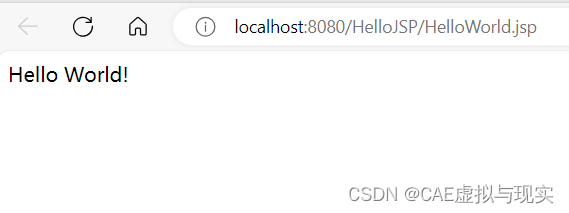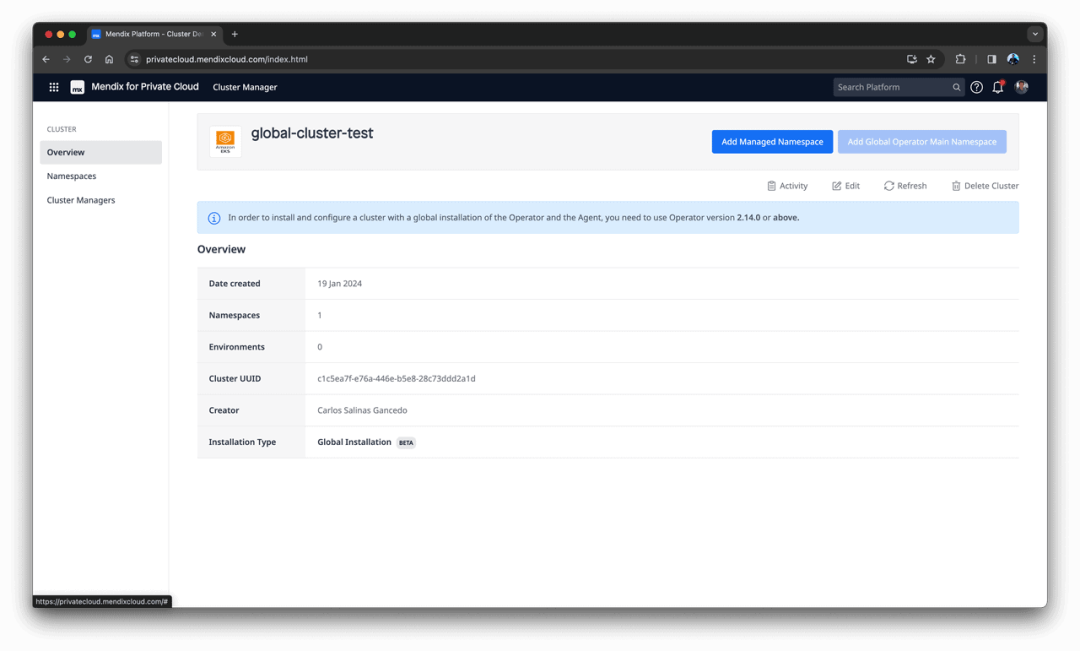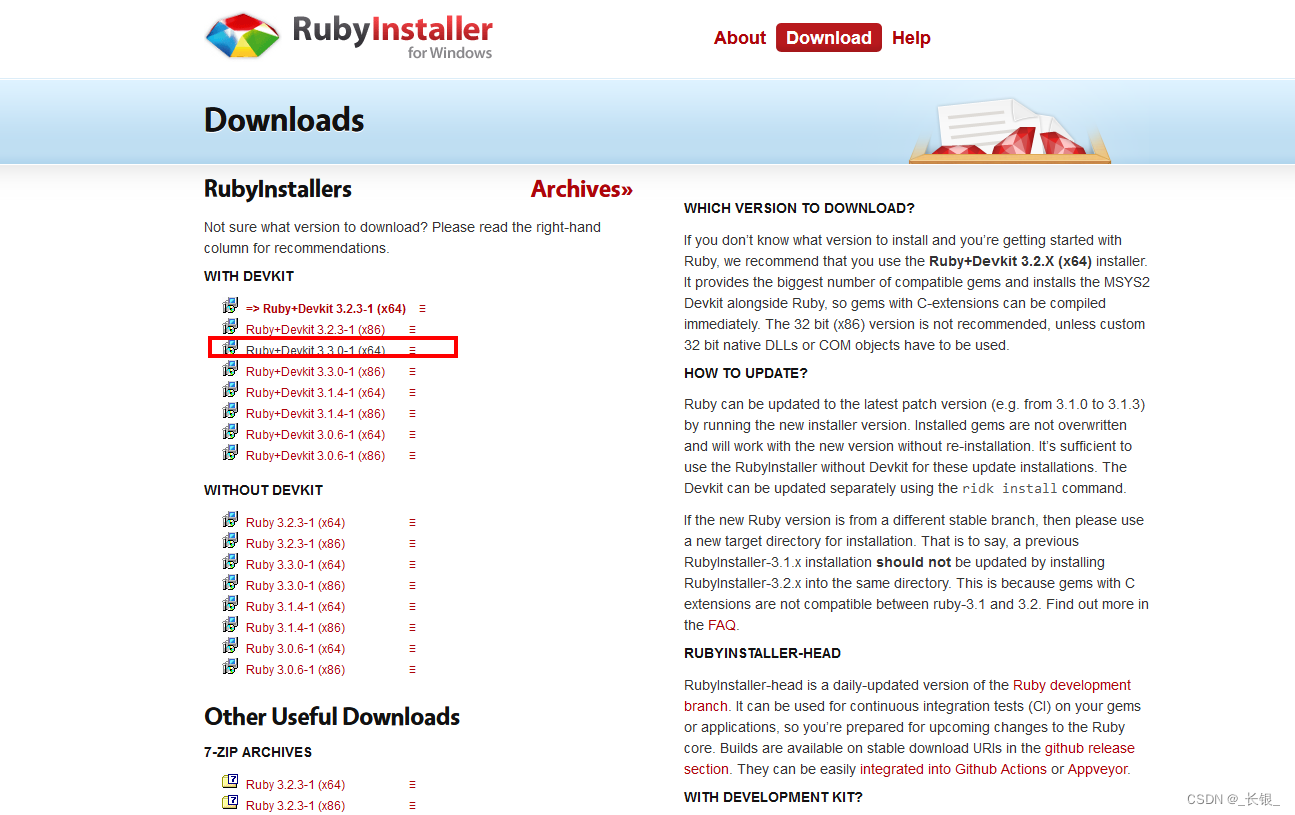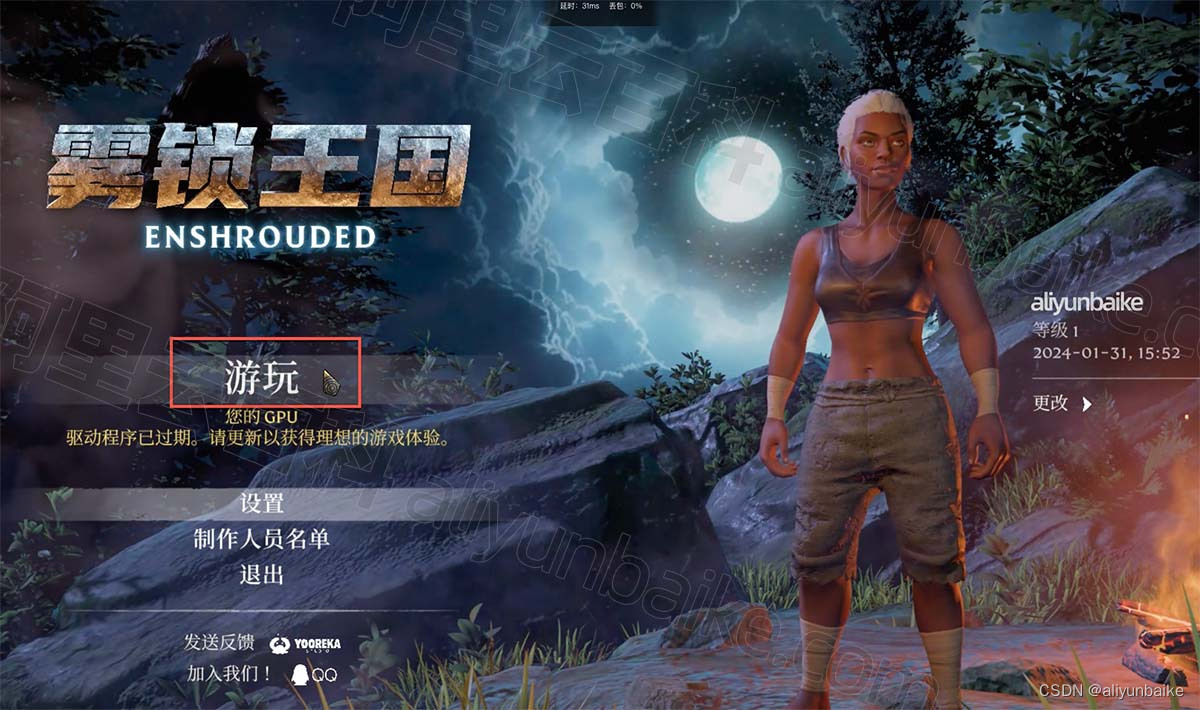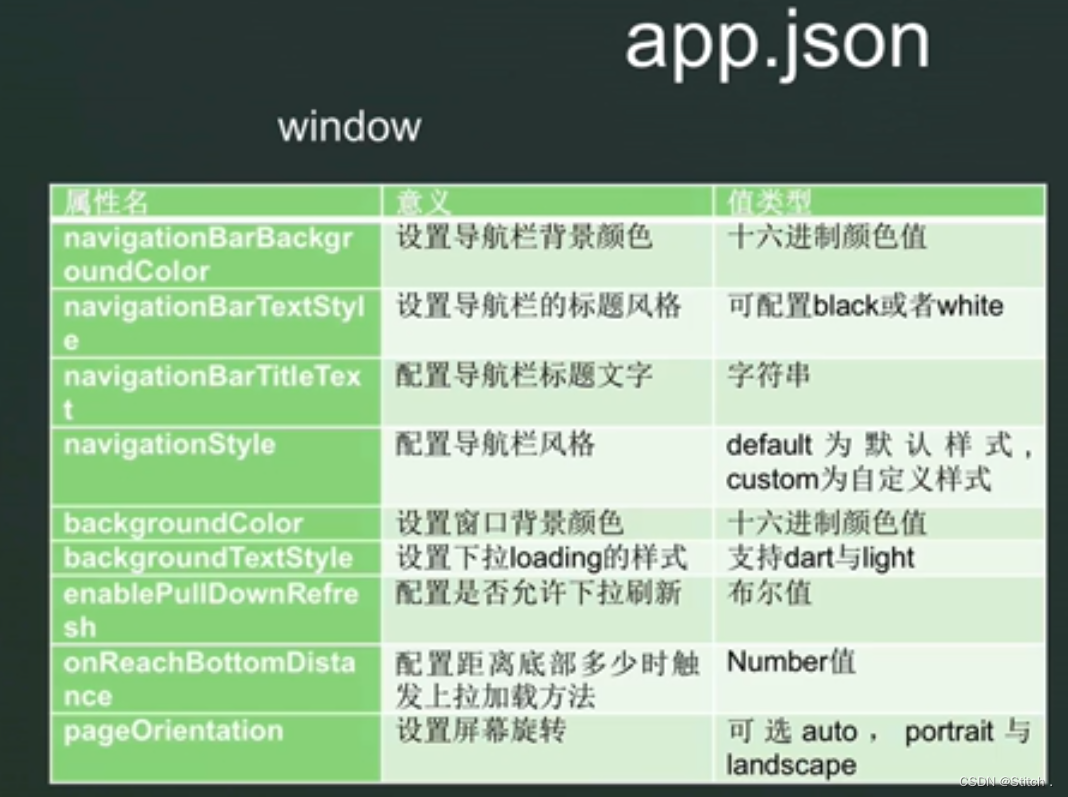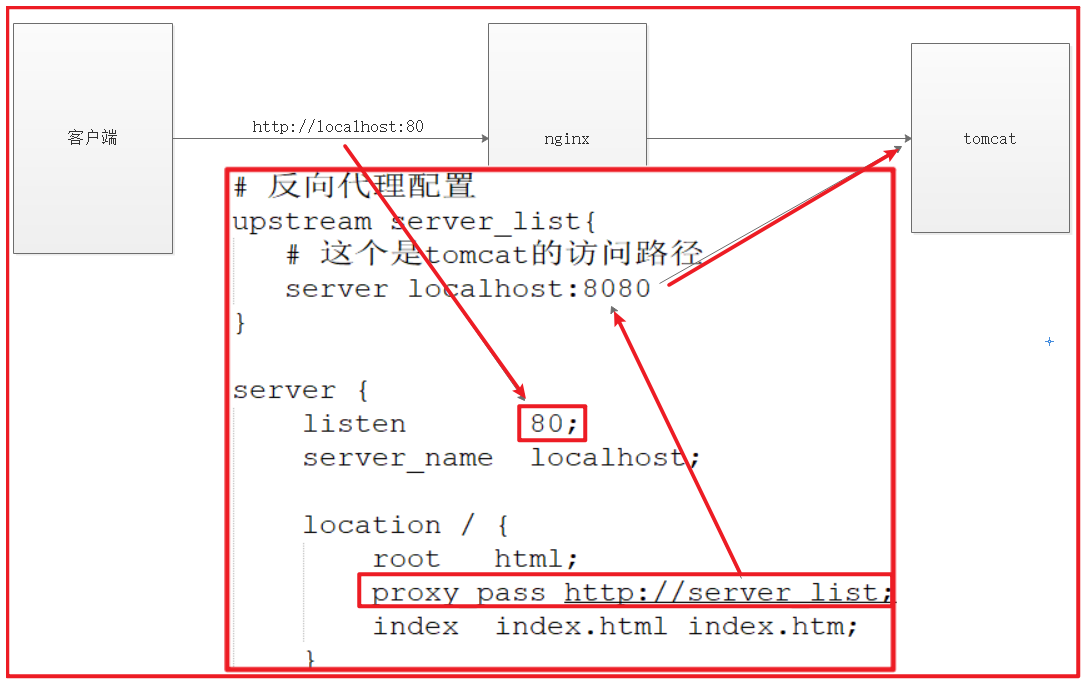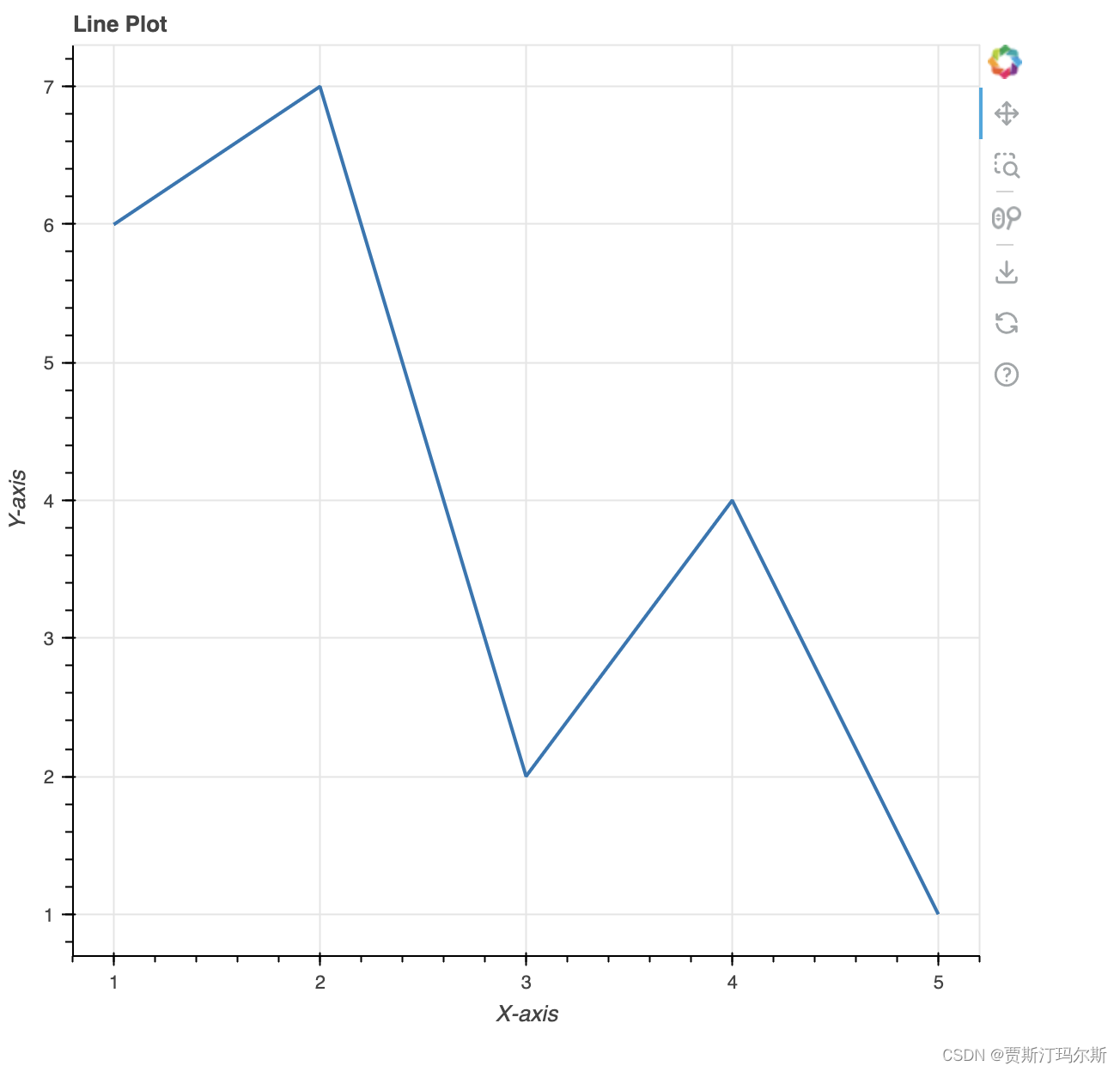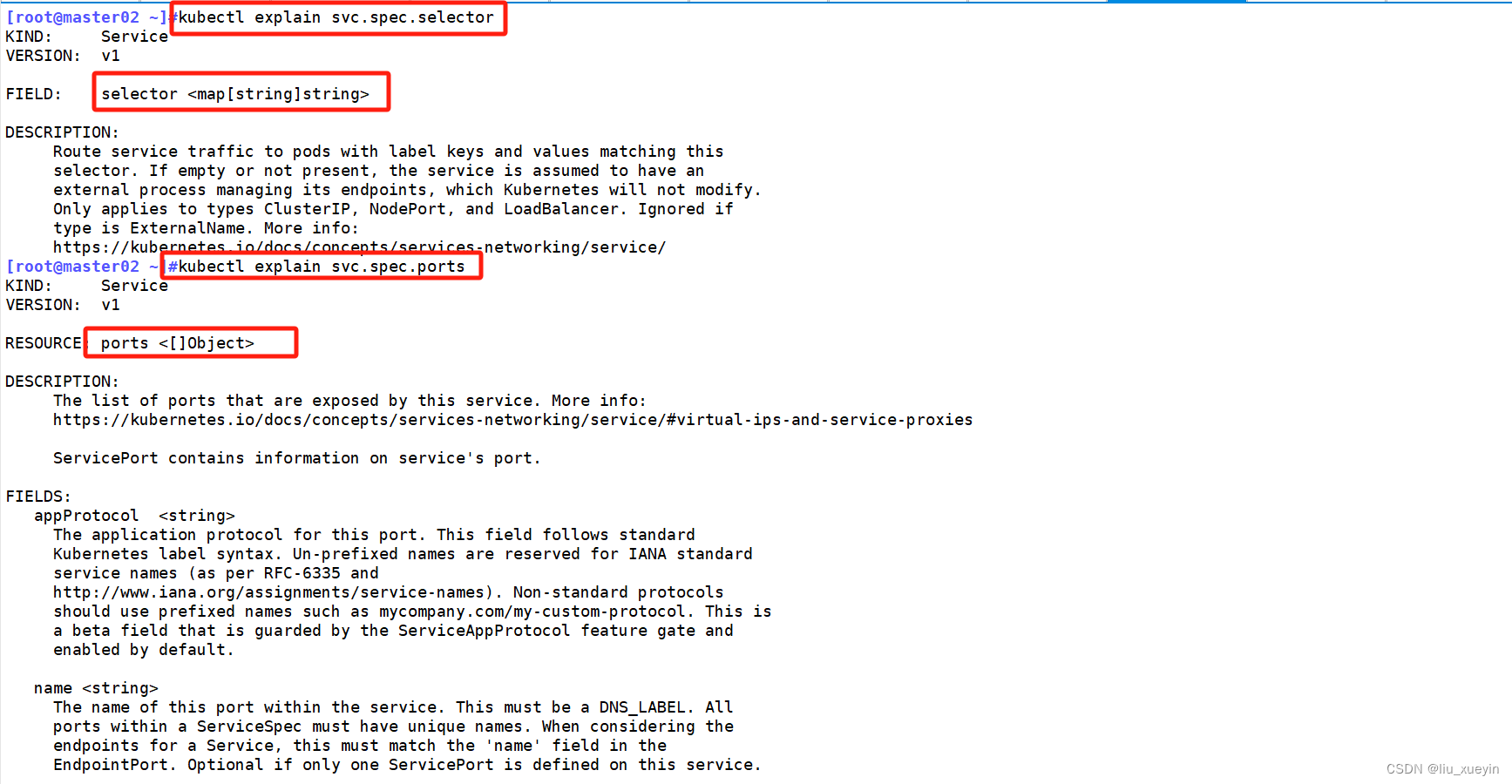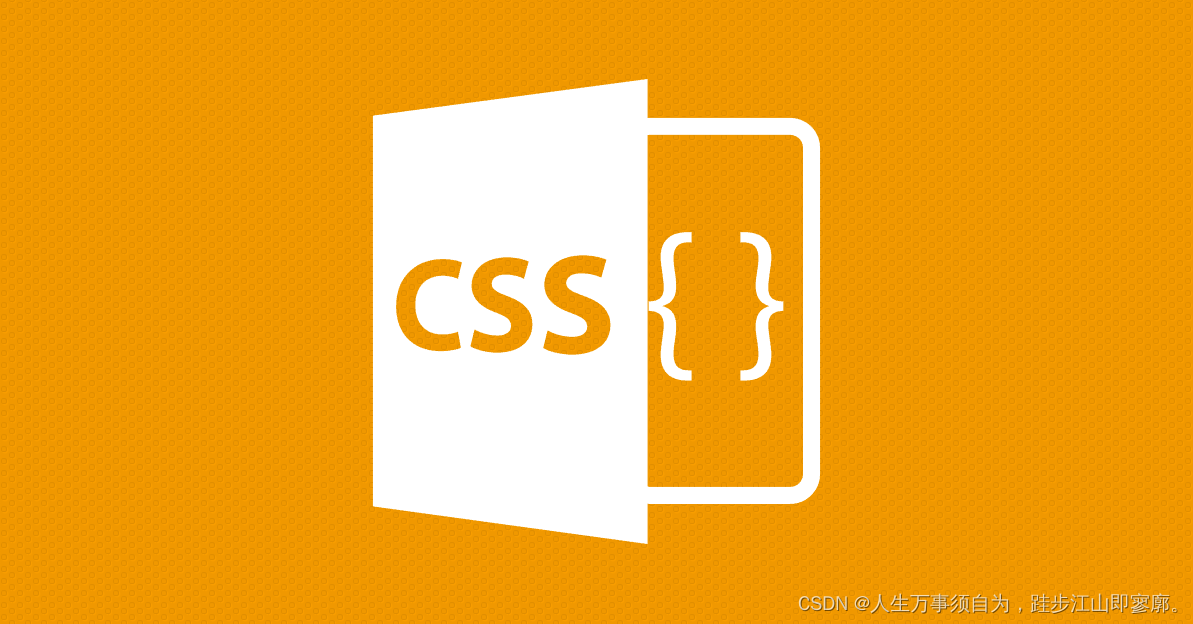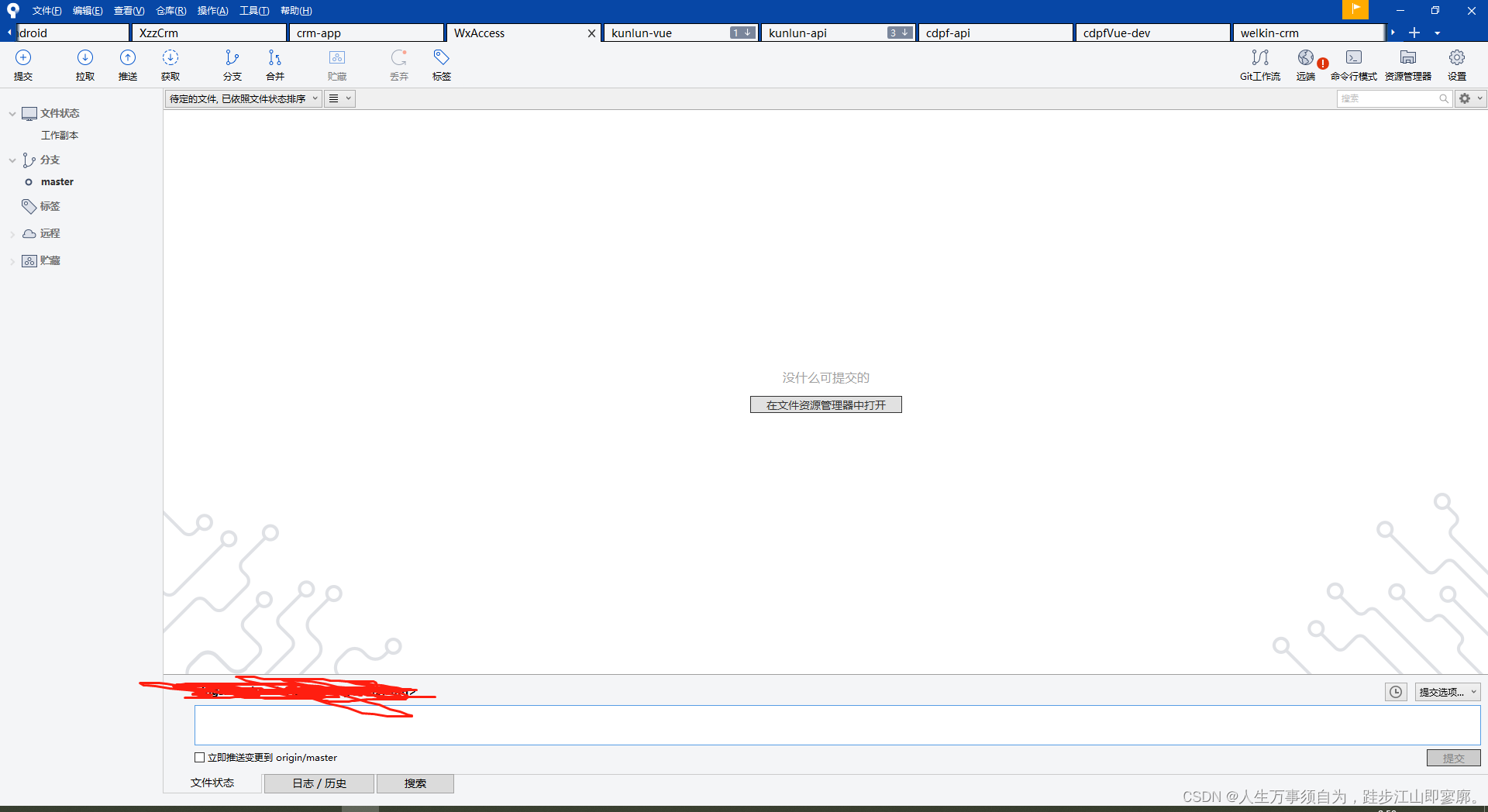# 官网链接:. - 力扣(LeetCode)
1. 问题描述:
在一条环路上有
n个加油站,其中第i个加油站有汽油gas[i]升。你有一辆油箱容量无限的的汽车,从第
i个加油站开往第i+1个加油站需要消耗汽油cost[i]升。你从其中的一个加油站出发,开始时油箱为空。给定两个整数数组
gas和cost,如果你可以按顺序绕环路行驶一周,则返回出发时加油站的编号,否则返回-1。如果存在解,则 保证 它是 唯一 的。
2. 示例:
示例 1:
输入: gas = [1,2,3,4,5], cost = [3,4,5,1,2] 输出: 3 解释: 从 3 号加油站(索引为 3 处)出发,可获得 4 升汽油。此时油箱有 = 0 + 4 = 4 升汽油 开往 4 号加油站,此时油箱有 4 - 1 + 5 = 8 升汽油 开往 0 号加油站,此时油箱有 8 - 2 + 1 = 7 升汽油 开往 1 号加油站,此时油箱有 7 - 3 + 2 = 6 升汽油 开往 2 号加油站,此时油箱有 6 - 4 + 3 = 5 升汽油 开往 3 号加油站,你需要消耗 5 升汽油,正好足够你返回到 3 号加油站。 因此,3 可为起始索引。示例 2:
输入: gas = [2,3,4], cost = [3,4,3] 输出: -1 解释: 你不能从 0 号或 1 号加油站出发,因为没有足够的汽油可以让你行驶到下一个加油站。 我们从 2 号加油站出发,可以获得 4 升汽油。 此时油箱有 = 0 + 4 = 4 升汽油 开往 0 号加油站,此时油箱有 4 - 3 + 2 = 3 升汽油 开往 1 号加油站,此时油箱有 3 - 3 + 3 = 3 升汽油 你无法返回 2 号加油站,因为返程需要消耗 4 升汽油,但是你的油箱只有 3 升汽油。 因此,无论怎样,你都不可能绕环路行驶一周。提示:
gas.length == ncost.length == n1 <= n <= 1050 <= gas[i], cost[i] <= 104
3. 我自己写的代码,相当于把示例逻辑翻译成了代码:
package com.nami.algorithm.study.oil;
/**
* 描述: 加油站问题
* 在一条环路上有 n 个加油站,其中第 i 个加油站有汽油 gas[i] 升。
* <p>
* 你有一辆油箱容量无限的的汽车,从第 i 个加油站开往第 i+1 个加油站需要消耗汽油 cost[i] 升。你从其中的一个加油站出发,开始时油箱为空。
* <p>
* 给定两个整数数组 gas 和 cost ,如果你可以按顺序绕环路行驶一周,则返回出发时加油站的编号,否则返回 -1 。如果存在解,则 保证 它是 唯一 的。
* <p>
* <p>
*
* @Author: lbc
* @Date: 2024-02-26 11:16
* @email: 594599620@qq.com
* @Description: keep coding
*/
public class Solution {
/**
* 思路:基本就是按照 比较顺序,加减逻辑,进行的代码翻译 ==!
*
* @param gas
* @param cost
* @return
*/
private static int canCompleteCircuit(int[] gas, int[] cost) {
if (gas.length != cost.length) {
return -1;
}
int i = 0;
int arrayLength = gas.length;
// 外循环
while (i < arrayLength) {
int last = 0;
if (gas[i] < cost[i]) {
i++;
continue;
}
int j = 0;
int pointer = i;
boolean flag = true;
// 借助两个参数 进行运算。第一个参数进行循环,第二个参数数组的位置
while (j < arrayLength) {
if (pointer >= arrayLength) {
pointer -= arrayLength;
}
if ((last += gas[pointer] - cost[pointer]) >= 0) {
pointer++;
j++;
continue;
}
flag = false;
break;
}
if (flag) {
return i;
}
i++;
}
return -1;
}
public static void main(String[] args) {
// 我自己测试了两个
// int[] gas = new int[]{1, 3, 5, 7};
// int[] cost = new int[]{2, 4, 6, 7};
// 输出2
// int[] gas = new int[]{1, 3, 10, 15};
// int[] cost = new int[]{2, 4, 6, 7};
// 官方 第一个测试, 输出 3
int[] gas = new int[]{1, 2, 3, 4, 5};
int[] cost = new int[]{3, 4, 5, 1, 2};
// 官方第二个测试, 输出 -1
// int[] gas = new int[]{2, 3, 4};
// int[] cost = new int[]{3, 4, 3};
System.out.println(canCompleteCircuit(gas, cost));
}
}
4. 官网使用图解答:
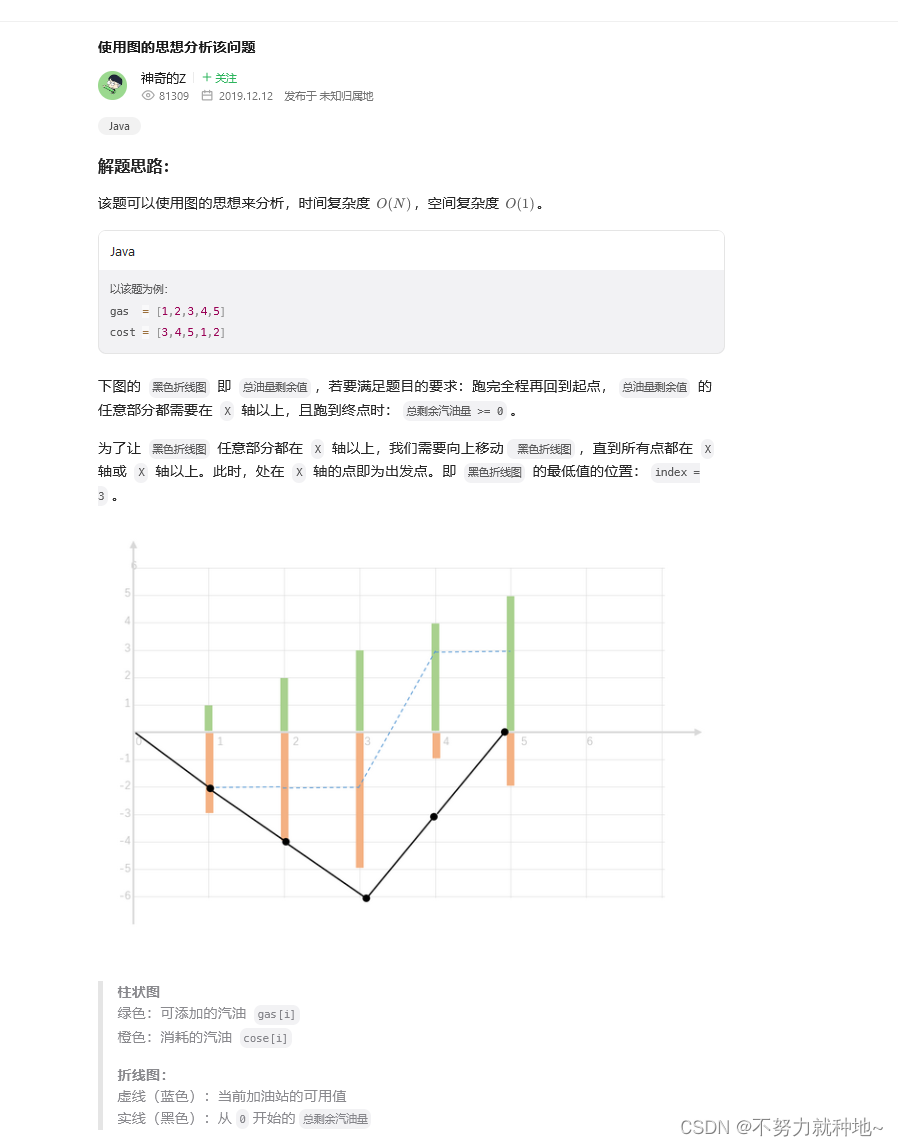
很妙的代码:
package com.nami.algorithm.study.oil;
/**
* 描述:
*
* @Author: lbc
* @Date: 2024-02-27 9:49
* @email: 594599620@qq.com
* @Description: keep coding
*/
public class Solution2 {
public static int canCompleteCircuit(int[] gas, int[] cost) {
int len = gas.length;
int spare = 0;
int minSpare = Integer.MAX_VALUE;
int minIndex = 0;
for (int i = 0; i < len; i++) {
spare += gas[i] - cost[i];
if (spare <= minSpare) {
minSpare = spare;
minIndex = i;
}
}
return spare < 0 ? -1 : (minIndex + 1) % len;
}
public static void main(String[] args) {
// int[] gas = new int[]{1, 2, 3, 4, 5};
// int[] cost = new int[]{3, 4, 5, 1, 2};
int[] gas = new int[]{2,0,0};
int[] cost = new int[]{0,1,0};
System.out.println(canCompleteCircuit(gas, cost));
}
}
